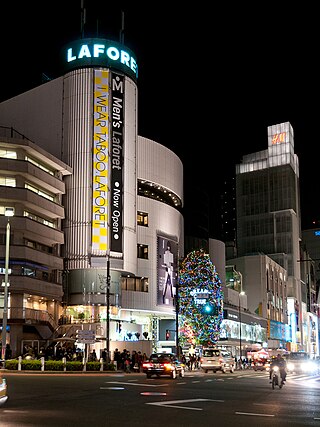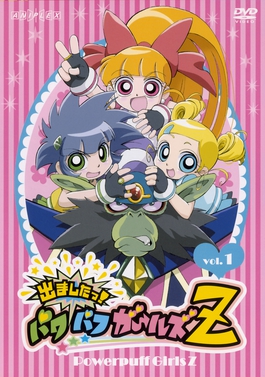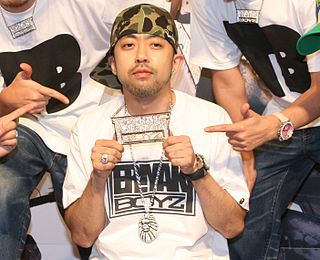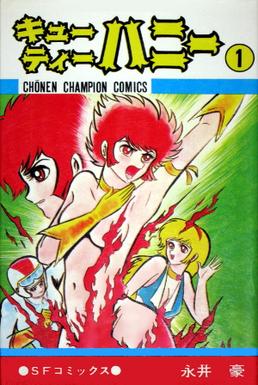
Issey Miyake was a Japanese fashion designer. He was known for his technology-driven clothing designs, exhibitions and fragrances, such as L'eau d'Issey, which became his best-known product.

Brooks Brothers was an American high-end luxury fashion company founded in 1818, the oldest apparel brand in continuous operation in the United States. Originally a family business, Brooks Brothers produces clothing for men, women and children, as well as home furnishings. Brooks Brothers licenses its name and branding to Luxottica for eyewear, Paris-based Interparfums for fragrances, and Turkey-based Turko Textiles for its home collection.

Ryohin Keikaku Co., Ltd., or Muji is a Japanese retailer which sells a wide variety of household and consumer goods. Muji's design philosophy is minimalist, and it places an emphasis on recycling, reducing production and packaging waste, and a no-logo or "no-brand" policy. The name Muji is derived from the first part of Mujirushi Ryōhin, translated as No-Brand Quality Goods on Muji's European website.

Laforet Harajuku is a department store, residence, and museum complex located in the Harajuku commercial and entertainment district of the Shibuya neighborhood, in Tokyo, Japan.

Powerpuff Girls Z is a 2006 Japanese anime television series created to commemorate the 50th anniversary of Toei Animation. Planned by Cartoon Network and produced by TV Tokyo, Aniplex, and Toei Animation, the series is directed by Megumu Ishiguro, with Yoshio Urasawa handling series scripts, Miho Shimogasa designing the characters and Hiroshi Nakamura and Taichi Master composing the music. The anime is based on the 1998 American animated television series The Powerpuff Girls, created by Craig McCracken and produced by Cartoon Network.
Heatherette was an American fashion company that closed in 2008. It was founded in 1999 by Club Kid Richie Rich and Traver Rains. The pair first began designing T-shirts and leather goods. When Rich wore one of their leather tops to a party, he caught the attention of a buyer at the downtown store Patricia Field.

Rei Kawakubo is a Japanese fashion designer based in Tokyo and Paris. She is the founder of Comme des Garçons and Dover Street Market. In recognition of the notable design contributions of Kawakubo, an exhibition of her designs entitled Rei Kawakubo/Commes des Garçons, Art of the In-Between opened on 5 May 2017 at the Metropolitan Museum of Art in Manhattan, modeled by Rihanna.
Hiroshi Fujiwara is a Japanese musician, producer, and designer.

Yohji Yamamoto is a Japanese fashion designer based in Tokyo and Paris. Considered a master tailor alongside those such as Madeleine Vionnet, he is known for his avant-garde tailoring featuring Japanese design aesthetics.
Japanese street fashion refers to a number of styles of contemporary modern clothing in Japan. Created from a mix of both local and foreign fashion brands, Japanese street fashions tend to have their own distinctive style, with some considered to be extreme and avant-garde, with similarities to the haute couture styles seen on European catwalks.

2000s fashion is often described as a global mash up, where trends saw the fusion of vintage styles, global and ethnic clothing, as well as the fashions of numerous music-based subcultures. Hip-hop fashion generally was the most popular among young people of all sexes, followed by the retro inspired indie look later in the decade.
Nick Philip is a graphic and multi-media artist and clothing designer based in San Francisco, California.
Charles Uzzell-Edwards is a graffiti artist known by the moniker "Pure Evil". He is the son of Welsh painter John Uzzell Edwards.

A Bathing Ape is a Japanese fashion brand founded by Nigo in Ura-Harajuku in 1993. The brand specializes in men's, women's and children's lifestyle and street wear, running 19 stores in Japan, including Bape Stores, Bape Pirate Stores, Bape Kids Stores, Bapexclusive Aoyama, and Bapexclusive Kyoto. The Kyoto store also includes Bape Gallery, a space used for various events and art shows sponsored by Bape. There are also stores located in Hong Kong, Taipei, Beijing, Shanghai, Guangzhou, Chengdu, Qingdao, Shenyang, Seoul, Jakarta, Dubai, New York City, Kuala Lumpur, London, Paris, Miami and Los Angeles.

Nigö is a Japanese fashion designer, disc jockey (DJ), record producer and entrepreneur. He is best known as the creator of the streetwear brand, A Bathing Ape (Bape), and currently serves as creative director for Kenzo. Additionally he is a member of the Japanese group Teriyaki Boyz, serving as their official in-house DJ since the group's 2005 debut.

Anti-fashion is an umbrella term for various styles of dress which are explicitly contrary to the fashion of the day. Anti-fashion styles may represent an attitude of indifference or may arise from political or practical goals which make fashion a secondary priority. The term is sometimes even used for styles championed by high-profile designers, when they encourage or create trends that do not follow the mainstream fashion of the time.

Marzia Kjellberg is an Italian Internet personality and businesswoman. Known for her videos on her now-inactive YouTube channel Marzia, Kjellberg has also ventured into writing, fashion design, and business. She is married to Swedish YouTuber PewDiePie.

Cutie Honey is a Japanese shōnen manga series written and illustrated by Go Nagai. First appearing in Weekly Shōnen Champion's 41st issue of 1973, the series ran until April 1974. It follows an android girl named Honey Kisaragi, who transforms into the busty, red or pink-haired heroine Cutie Honey to fight against the assorted villains that threaten her or her world. One of the trademarks of the character is that the transformation involves the temporary loss of all her clothing in the brief interim from changing from one form to the other. According to Nagai, she is the first female to be the protagonist of a shōnen manga series.

Virgil Abloh was an American fashion designer and entrepreneur. He began his own line of luxury streetwear clothing, Pyrex Vision, in 2012, and became the chief executive officer of the Milan-based label Off-White, a fashion house he founded in 2013. Abloh was also the artistic director of Louis Vuitton's menswear collection beginning in 2018, and was given increased creative responsibilities across the LVMH brand in early 2021.

Palace Skateboards is a London-based skateboarding and clothing brand established in 2009. The brand was founded by Levent Tanju and his skate team, the Palace Wayward Boys Choir, along with Gareth Skewis. Palace focuses on skater fashion with heavy 90s and pop culture influences alongside VHS style clothing advertisements. The skate team promotes its branded content and skate videos. Palace has flagship stores in London, New York, Los Angeles, and Tokyo. The brand has gained popularity within the streetwear community.




















